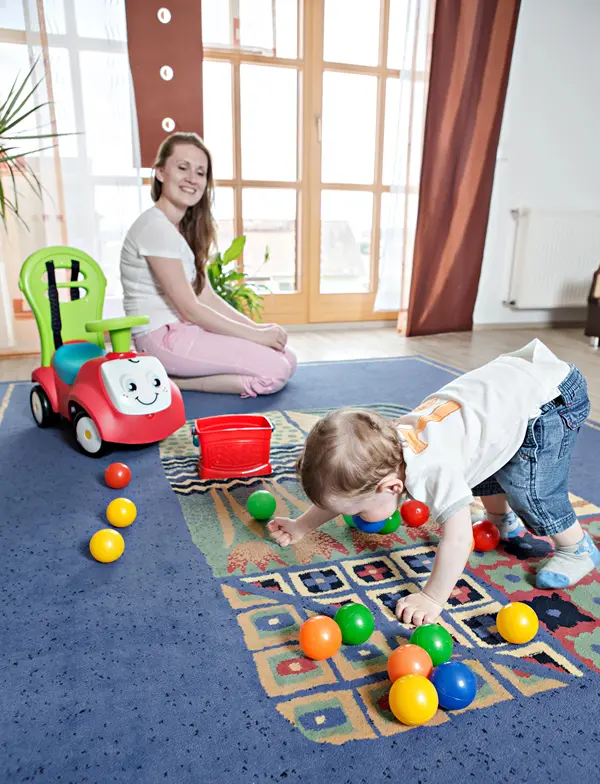Common Teething Myths You Should Stop Believing
Teething is one of those milestones that every parent both dreads and anticipates. As tiny teeth push through the gums, babies experience all kinds of new sensations — and parents, in turn, hear every myth and piece of advice imaginable.
While some teething tips are helpful, others are pure fiction. Let’s dive into the most common teething myths you should finally leave behind.
Myth 1: Teething Always Causes High Fevers
Many parents believe that a high fever automatically means their child is teething. In reality, while a slight rise in temperature can occur due to gum inflammation, a high fever (over 38°C or 100.4°F) is not typical of teething. If your baby develops a significant fever, it likely points to an illness unrelated to teething. Always consult your pediatrician if you’re unsure.
Myth 2: Babies Start Teething at the Same Age
Every child develops at their own pace. Some babies sprout their first tooth as early as three months, while others might not get one until after their first birthday. Comparing your child’s teething timeline to others can cause unnecessary worry. Just like walking and talking, teething has a wide “normal” range.
Myth 3: Diarrhea is a Symptom of Teething
Another persistent myth links teething to diarrhea. Although teething babies tend to drool a lot, which can sometimes cause mild loose stools, genuine diarrhea is not a direct symptom of teething. If your child has frequent, watery bowel movements, it could indicate a stomach virus or another issue needing medical attention.
Myth 4: Teething Makes Babies Sleepless for Months
Yes, teething can cause some sleep disruptions, but it’s rarely the sole reason for long-term sleep issues. Discomfort from teething typically lasts a few days around the time a new tooth breaks through. If your baby continues to have trouble sleeping, it might be worth looking into other factors such as growth spurts, separation anxiety, or changes in routine.
Myth 5: Teething Gels are Always Safe
Many over-the-counter teething gels contain ingredients that can be harmful if used incorrectly. Some gels include benzocaine, which the FDA has warned against for children under two due to the risk of methemoglobinemia — a rare but serious condition. Always consult your pediatrician before using any teething medications and consider safer alternatives like chilled teething rings or clean, cold washcloths.
Myth 6: You Should Rub Whiskey on the Gums
This old-fashioned advice is still whispered from generation to generation, but it’s dangerous and outdated. Giving alcohol to a baby in any form is unsafe and can lead to serious health complications. Stick to methods that have been proven safe and effective by pediatricians.
Myth 7: All Babies Teeth the Same Way
Teething experiences are as unique as the babies themselves. Some may breeze through with barely a whimper, while others seem miserable for days. Factors like genetics, personality, and overall health can influence how a baby handles teething. There’s no one-size-fits-all rule, and that’s perfectly okay.
How Long Does Teething Last?
Parents often ask how long teething last, and the answer is: it varies. Typically, teething starts around 6 months of age and continues until about age 2½ or 3, when all 20 primary teeth are in place. However, the active pain period usually only spans a few days before and after each new tooth erupts.
Safe Ways to Ease Teething Discomfort
Instead of relying on myths, here are some safe, pediatrician-approved methods to help soothe your little one during teething:
- Gently rub your baby’s gums with a clean finger
- Offer a firm rubber teething ring (chilled, not frozen)
- Use a cold, clean washcloth for chewing
- Distract with extra cuddles, playtime, or walks
Natural Teething Relief: The Role of Amber Jewelry
In addition to traditional methods, some parents turn to natural remedies like amber teething jewelry. Baltic amber, in particular, contains succinic acid, a substance believed to have anti-inflammatory and analgesic properties. When worn against the skin, the warmth may release small amounts of this acid, potentially helping to soothe teething discomfort.
At BalticProud.com you can find a variety of amber necklaces and bracelets designed for babies. These pieces are crafted with safety in mind, featuring individually knotted beads and secure clasps. While scientific evidence on the effectiveness of amber teething jewelry is limited, many parents report positive experiences. As always, it’s important to supervise your baby while they’re wearing any jewelry and consult with your pediatrician regarding teething remedies.
If you need even more helpful parenting insights, Baltic Proud is a great place to start. Visit their website for practical lifestyle tips, useful blog posts, parenting advice, and an opportunity to purchase natural remedies that can help babies go through this stage of life more easily.
Read more about baby teeth health.








